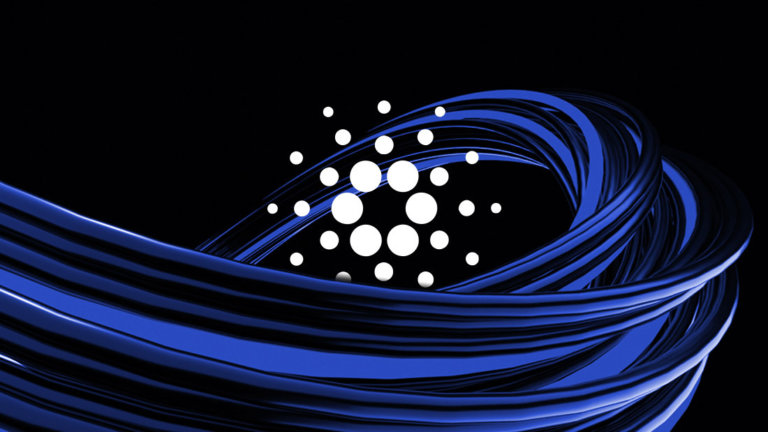 Cardano Hydra scaling solution edges closer to testnet launch
Cardano Hydra scaling solution edges closer to testnet launch Cardano Hydra scaling solution edges closer to testnet launch
A dev update on Hydra shows it may be closer to launching than initially anticipated.

Photo by Shubham Dhage on Unsplash
A GitHub post by Cardano software engineer Sebastian Nagel detailed updates to the 0.2.0 version of Hydra.
Haskell developer Matthias Benkort, via his Twitter @_KtorZ_, chimed in by saying steady progress is being made with the project moving closer to the testnet stage.
“Next steps, we’ll focus on on-chain validations and closing the gap towards testnet!“
Initial estimates put a late 2022 release for Hydra. But, given Benkort’s words, should we expect a sooner than anticipated rollout?
What is Cardano Hydra?
All permissionless blockchains must overcome the problem of reaching a consensus on each and every transaction presented.
This issue is problematic when trying to achieve a throughput at scale, such as handling real-world tasks. Especially when taking into account network fees, protecting against flooding attacks (DDoS), and how to deal with storage.
IOHK says they considered these factors and designed Hydra as the ultimate solution to meeting these challenges.
“Hydra is a layer 2 scalability solution that seeks to address all these concerns and aims to maximize throughput, minimize latency, incurring low to no costs, and greatly reducing storage requirements.”
It achieves this by a process dubbed isomorphic scaling, which works by processing transactions off the main chain for some users, while reserving the main chain as a secure settlement layer.
Drilling deeper, Hydra uses the concept of isomorphic state channels. This reuses the same ledger representation to yield uniform, off-chain ledger siblings – known as “Heads.”
Therefore, native assets, non-fungible tokens (NFTs), and Plutus scripting are available inside every Hydra Head. Isomorphism allows for a natural extension of the system, instead of a “bolt-on” solution.
This is analogous to sharding, in which processes are split across different partitioned ledgers. But Hydra has the advantage of sharding processes without sharding the ledger itself.
By adding more Hydra Heads, linear scaling can be achieved. And with a touted 1,000 transactions per second (TPS) per Head, a 1,000 Head system could yield speeds of 1,000,000 TPS.
How is Hydra progressing?
Back in September, Nagel estimated a release date between six and twelve months. This, he said, would depend on the research and experimentation, plus community feedback. As such, many were anticipating a late 2022 rollout for Hydra.
However, given the recent GitHub update, more so Benkort‘s optimistic tweet on progress and approaching the testnet phase, could Hydra be ahead of schedule?
“Steady progresses on the #Hydra proof-of-concept with another pre-release: end-to-end #Cardano node integration (on a private cluster), it’s something.”
Benkort did not put a time scale on when the testnet would launch, nor is it known how long the testnet would run for.
But, all the same, the release of Hydra would mark another major milestone for Cardano. And another step towards its goal of positive global change.


























































